by Mike –
There are a few cars that I wanted to own when I was younger and this is one of them. I fell in love with the fastback design of the Dodge Charger in 1966.
This was not a pony car, it is larger than Mustangs and Camaros. It fit into a different niche and Dodge made more than 53,000 of the 1966 and 1967 models before they changed the body style.
The Charger had the option of a Hemi engine and only 586 came equiped that way – so these are more desirable collector cars and thus more pricey. The 1966-67 Charger was not a successful race car initially because the air flow over the fastback actually caused the rear end to lift.
A small spoiler on the truck lid solved this problem and the 1966 Charger was the first U.S. production vehicle to include a spoiler. David Pearson, driving a Cotten Owens prepared Charger, won the NASCAR Grand National championship in 1966 with 14 wins.
Race heritage is good for a collector car.
Below is the 1968 Dodge Charger – also a great looking car.
A more subtle fastback than the first generation Charger design.
Another car in this same category that I like is the 1963-1965 Buick Riviera.
What classic cars from this era did you like? Let us know in the comments.





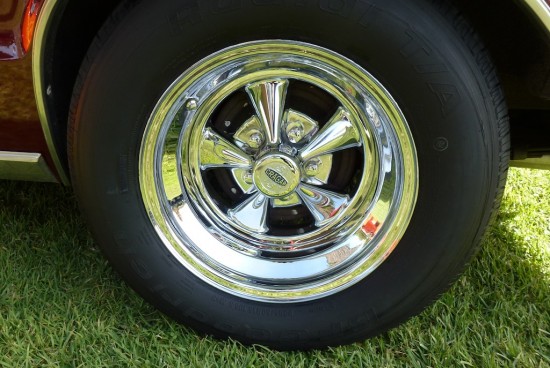
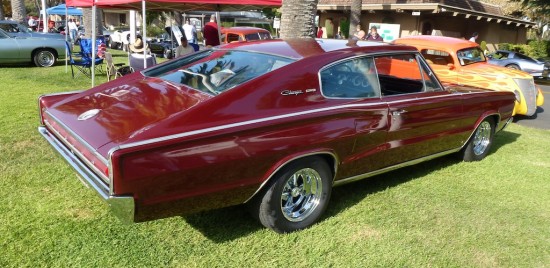
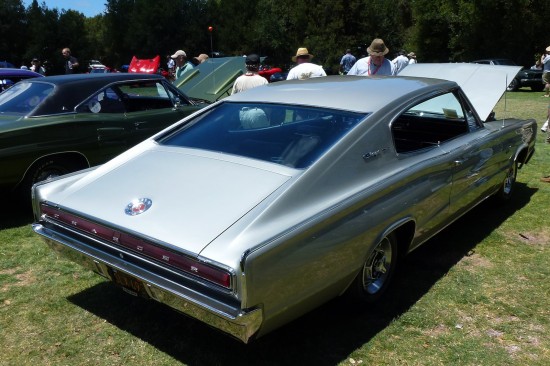
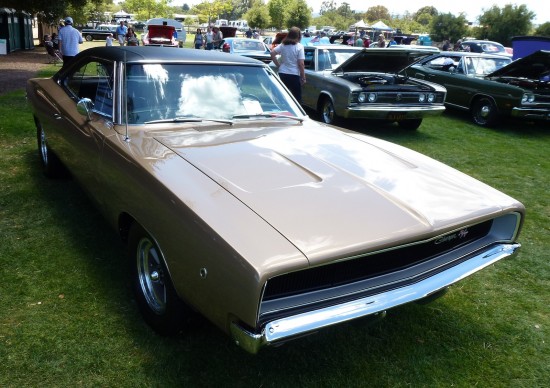

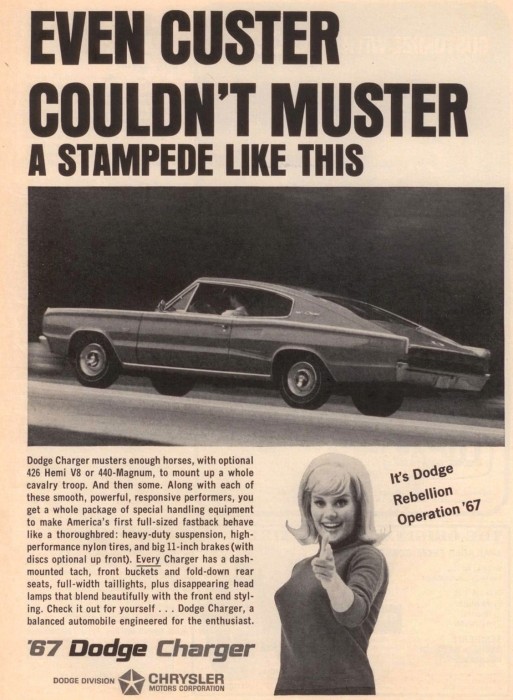
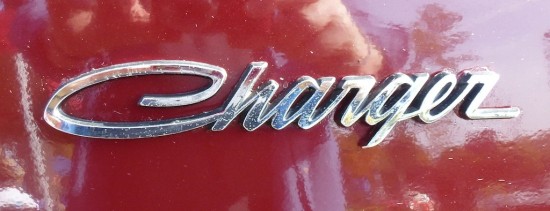
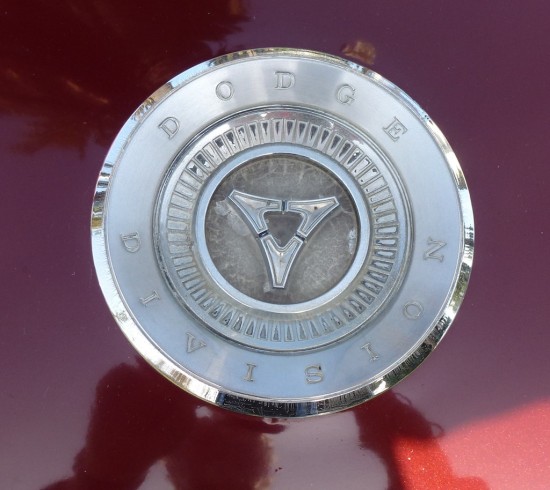


Definitely more beautiful than the Plymouth Barracuda fastbacks of that period, with that giant glass bubble back! But, that 1968 and later styling proved much more popular for the Charger, with multiple production figures higher than those from 1966 and 1967. Dodge knew that for greater sales, they had to change that somewhat quirky styling, with a leaner, meaner, cleaner look, and you have to hand it to them, they were right! Thanks again for the stats and pics, and keep making all of our days with your continuous updates! Glenn Krasner in the Bronx, NY
I agree with you but you have to admit that the first generation Charger really got your attention the first time you saw one.
One of the things that set the 66-67 Charger apart was the interior. FOUR BUCKET SEATS! The console ran all the way into the back seat area. You could then fold down the two back seats and have a two seater and lot of flat storage room.
What a great idea – just like a Porsche 911!
The 66-67 Charger was and is Very UNIQUE and CLASSY inside and out. To bring mine out of storage, I need a piece of REAR WINDOW MOULDING and maybe a couple of original hub caps.
i’am a proud owner of a 66 charger, with a 361 engine,which only 5000 of the chargers got them! these cars stick out like sore thumb when one goes by on the road today! i fell in love with these cars in 1975 and have owned 3 since then,the one i have now is all matching numbers,with the original certi card and owners manual that came with the car,i dont care about the 68 chargers and up,there is nothing unique about them,and i know when mine gets out of the body shop,i will be driving something very special,and rare, long live the 66 and 67 chargers!
Rich Joubert Springfield mass
Technically, there are no matching number Chryslers before 1968 because Chrysler did not stamp matching vehicle numbers onto the engine and body until the 1968 model year. The best one can do by vehicle numbers is verify that the vehicle has the right size and year engine according to the vehicle’s identification number, determining whether an individual engine is original to a particular vehicle number however (as indicated in ’68 and later vehicles) is impossible. For example, I have a ’66 with a 318 Poly, I know it came originally with a 318 Poly manufactured in 1966, but there is no way to verify it is indeed the same motor (although the 318 and 361 were not the motors that people would have used for replacements so we probably are original, same cannot be said for 440’s or hemis).